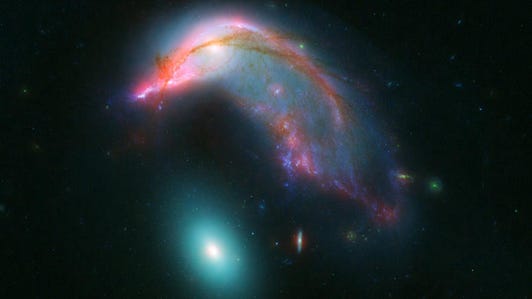Despite the continued rise in cases and hospitalizations, neither Dr. Deena Hinshaw nor Premier Jason Kenney took to the podium this week to address the upswing
Publishing date: Aug 20, 2021

Article content
The fourth wave of COVID-19 in Alberta continued to surge Friday, with the province reporting another 749 new cases of the virus.
It’s the second-largest daily case count of this most recent wave, topped only by Thursday’s 817 new infections. The new cases come from about 9,000 tests, representing an 8.5 per cent positivity rate.
Despite the continued rise in cases and hospitalizations, neither chief medical officer of health Dr. Deena Hinshaw nor Premier Jason Kenney took to the podium this week to address the upswing.
Hinshaw last spoke publicly Aug. 13, when she walked back the province’s plans to lift testing, tracing and isolation containment measures against COVID-19. Meanwhile, Kenney’s last public appearance was Aug. 9, when he spoke at a news conference marking an expansion to Edmonton’s Labatt Breweries facility.
The premier’s office said Kenney is currently taking a two-week vacation but continues some work while away from the office.
“Many Albertans are taking holidays this summer, especially as society returns to normal following widespread vaccinations. This includes the premier, who is taking two weeks of holidays in August at the end of summer,” said Jerrica Goodwin, Kenney’s press secretary.
“While the premier is on holidays, he is, of course, still able to fully communicate with his cabinet and senior officials as required. In fact, he has participated in numerous briefings despite being ‘on holidays.'”
Goodwin added Hinshaw and Alberta Health officials also continue their work. An Alberta Health spokesperson said Friday there are currently no scheduled media availabilities for Hinshaw, who has stepped back from the spotlight over the past two months.
The NDP Opposition called Friday for Kenney or another senior government official to return to the lectern and field questions about the province’s pandemic handling.
“It is undeniable at this point that Alberta is entering a fourth wave of COVID-19, and this government’s response will determine how large and severe this wave is going to be,” said NDP health critic David Shepherd.
“I don’t begrudge anyone their vacation. I took some time off myself this summer. I think the last 18 months have been gruelling for everybody and I certainly can respect the premier has a lot of work and a lot of stress.
“If the premier is on vacation himself now, then let’s hear from another member of the UCP government because Albertans deserve to hear from them.”
As case counts increase amid the second wave, driven by the ultra-contagious Delta variant, hospitalizations are also spiking.
There are now 221 Albertans in hospital with COVID-19, up from 198 the previous day — a 12 per cent jump. Among those patients, 48 are in intensive-care units.
Rates of hospital admissions due to the novel coronavirus are on the rise, only one month after Kenney celebrated hospitalization numbers dropping below 100 for the first time since October.
When asked in mid-June if his government had a contingency plan if hospitalizations rise alongside Alberta’s reopening, Kenney said, “We just don’t see that scenario.” He said he expected an increase in cases, but that vaccine rates would keep hospitalizations down.
Since July 1, the day Alberta lifted nearly all public-health restrictions, the province has reported 42 deaths from the virus. The rate of deaths from COVID-19 has slowed drastically since the devastating second and third waves but is now slowly increasing.

Since the start of 2021, 86 per cent of all deaths attributed to the virus in Alberta were in people either not immunized against COVID-19 or diagnosed within two weeks of getting their first shot.
The demographics of those dying from COVID-19 are trending lower, but young Albertans still aren’t facing significant mortality from the virus.
Of the 42 Albertans to die from COVID-19 since July 1, 27 per cent were 80 or above, a shift from the pandemic as a whole, where this age group comprises nearly 60 per cent of all virus deaths during the pandemic.
Since July 1, COVID-19 deaths are most common among those in their 60s. In the time span, only one person younger than 50 died of the virus in Alberta; a person in their 30s.
The toll from the pandemic in Alberta now sits at 2,343, after one additional death was reported Friday.
jherring@postmedia.com
Twitter: @jasonfherring









